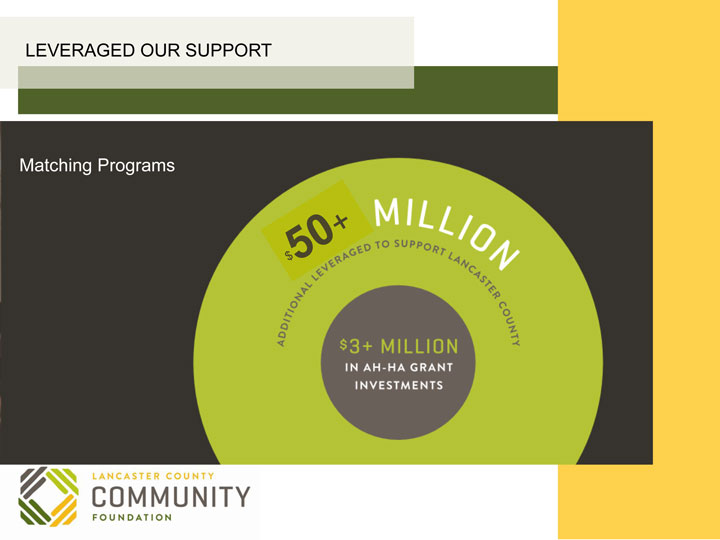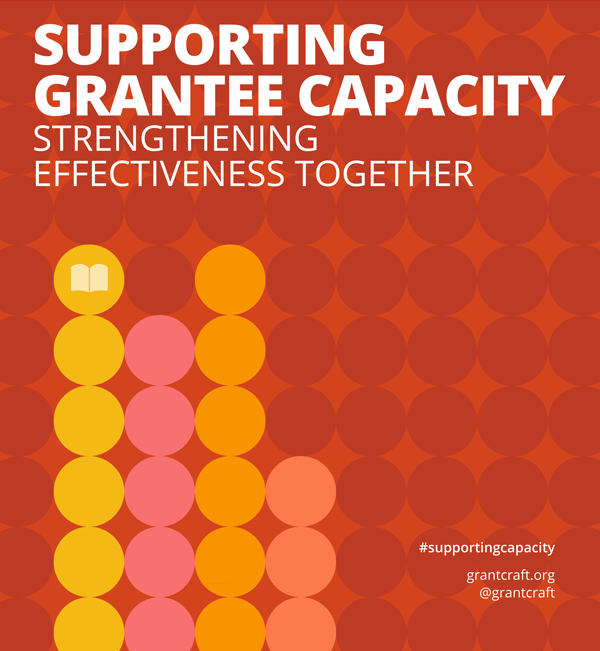Matching Programs as a Way to Leverage Impact
As a program team, we’re always looking for ways to create the biggest impact possible with the grant dollars we have available. We know we can’t fund everything and that our dollars will only go so far. So seven years ago, we tested the theory of requiring a 1 to 1 match – that is, if we were to give a $10,000 grant to an organization, they would need to raise an additional $10,000 as the match for one of our grant programs. We discovered that matching programs can really work. We also learned that how we structure the matching program matters.
And so when we took this approach and applied it to our current initiative, the Ah-Ha Project; Creative Solutions to Real Problems, we used what we learned through our pilot program to build in an ongoing evaluation channel.

Here’s what we’ve learned about requiring matching from grantees:
1. Love. Donors love for their dollars to be leveraged. As a donor, you want to know that your dollars are making a difference. When a donor provides matching dollars they know that without their donation, the organization would not receive the grant. We love knowing we are working together with donors to support things we care about!
2. Adaptability. Matching programs build diverse funding streams potentially leading to a wider pool of resources for the organization to explore once our funding is gone. It encourages organizations to adapt and leverage their development efforts as they grow revenue streams to build sustainability.
3. Trust. We need to build trusted partnerships with our grantees in order for the match to work. This means that we can pay our grant dollars up front before the match is received or verified. This way, project implementation isn’t held hostage by our match verification process, which often occurs late in the grant period. And this trust has paid off! We have never had a grantee partner who has not met their match.
4. Flexibility. The match program needs to be flexible in terms of where dollars come from. We ask that the match is not made up of in-kind dollars. Internal dollars can be shifted from an existing program or revenue stream to be used as the match. Sometimes organizations are shifting their internal focus and this creates space for them to align their dollars with their shift in program focus. We also provide extensions of up to one year if necessary.
5. Keep it simple. A complicated match verification process takes time away from project implementation. We generally ask for a letter from the chief financial officer or board chair verifying the match and documenting the date received, funding source, and dollar amount.
Over the past five years, we’ve invested over $3 million dollars through the Ah-Ha Project asking for a 1 to 1 match on many of these grant programs. However these dollars have leveraged much greater then a 1 to 1 match, with over $50 million in additional dollars being raised. Now that’s impact!
How are you leveraging your grant dollars to make an impact?



